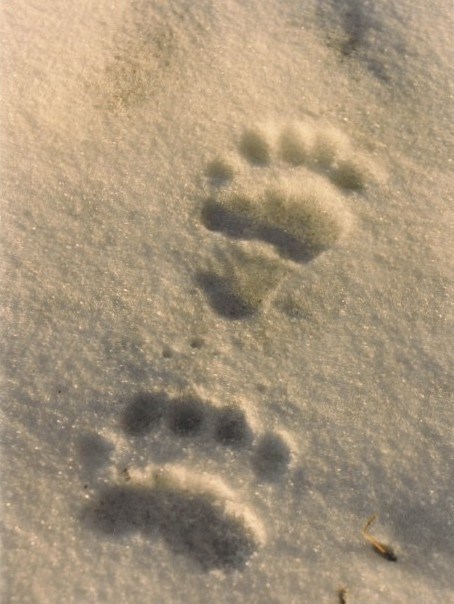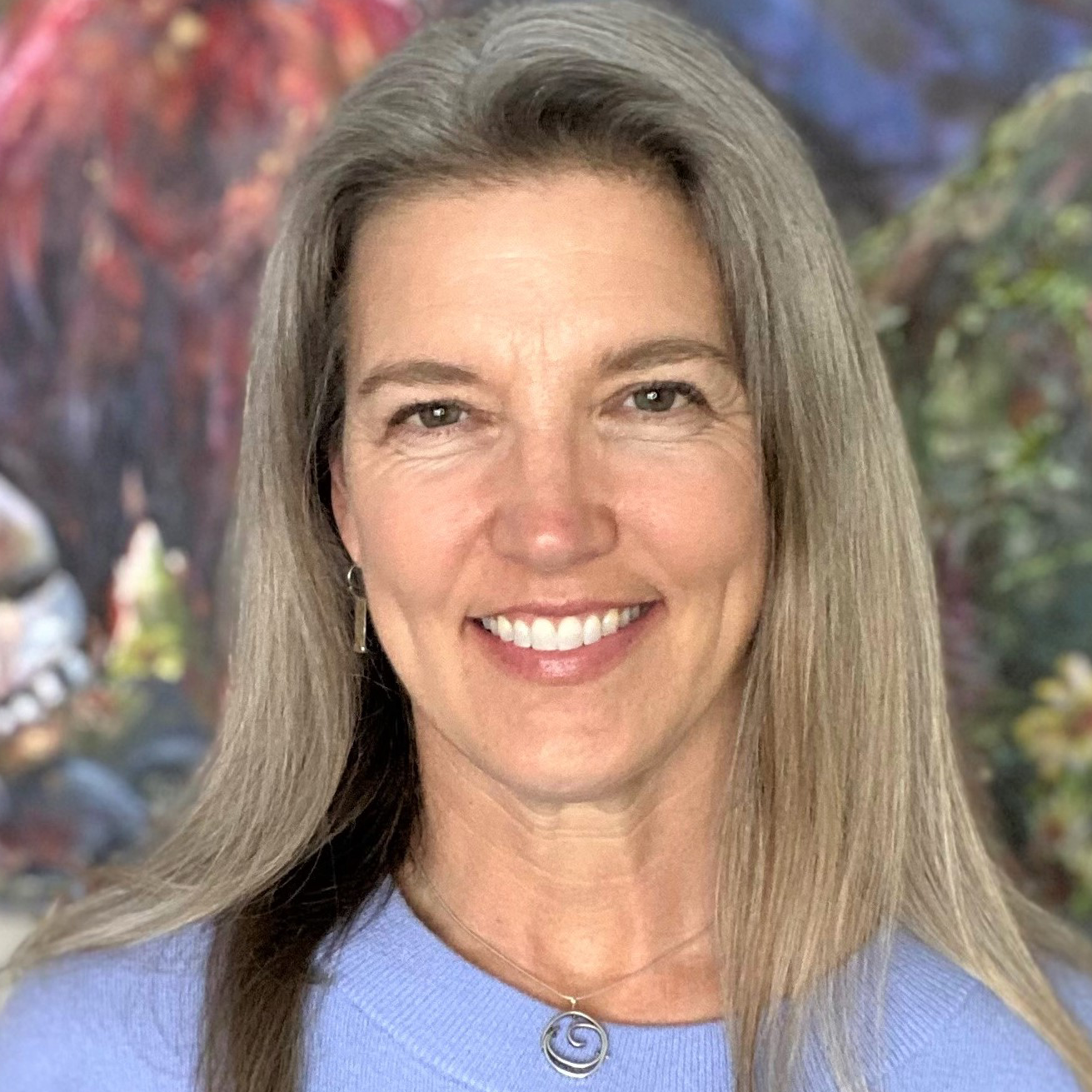Last updated: November 29, 2024
Article
Modeling Reintroduction in a Time of Change
How will rising temperatures impact a second chance for grizzlies in the North Cascades Ecosystem?

Photo courtesy John Ashley-Pryce
The North Cascades Ecosystem—13,500 square miles of largely roadless mountains and forests spanning the US-Canada border—is home to the most imperiled grizzly bear population in the US.
Humans and bears have shared this rugged landscape for countless generations. But the mid-1800s arrival of European American fur traders spelled disaster for bears. In just 30 years, nearly 3,200 grizzly pelts passed through the region’s trading posts, while uncounted others were killed by miners and homesteaders. While much grizzly habitat survived this period and gradually returned to a wilder state, the bears never bounced back.
Sightings in recent decades have been few and far between, and the population is considered functionally extirpated. Today, the National Park Service and US Fish & Wildlife Service are engaged in an Environmental Impact Statement process to evaluate options for restoring grizzly bears to the landscape.

Photo courtesy John Ashley-Pryce
Shifting Ground
Reintroduction offers a last chance to conserve an imperiled species, while restoring the ecological role they played. However, success hinges on the quality of habitat available in a species’ former home. Today, grizzly habitat in the North Cascades Ecosystem (NCE) is in a state of rapid change, with temperatures in Stehekin, WA, already an average of 5°F warmer than when recording began in the 1910s.
By the late 2000s, temperatures in the NCE may average 10°F higher than they did at the turn of the century. Lengthening growing seasons, increasing wildfire, shrinking snowpack, and shifting seasonal water availability may have profound impacts on plant communities. What will this mean for grizzly food sources? Will the ecosystem be able to support these large omnivores in years to come?
Visualizing Multiple Futures
To estimate the NCE’s future carrying capacity (the number of individuals the landscape can support), researchers turned to two different scientific models that fit together like puzzle pieces.
The first, a dynamic vegetation model, simulates how different types of plants respond to changes in climate and CO2 concentrations (Figure 1). When these responses are matched with existing data about NCE grizzly habitat quality, they form snapshots of future grizzly habitat quality under different greenhouse gas emissions scenarios.

Figure adapted from Ransom et al., 2023.
The second puzzle piece is a model that estimates how many grizzly bears an area can support based not just on habitat quality, but on observations about grizzly survival, dispersal, and reproduction made in other populations (Figure 2).

Figure adapted from Ransom et al., 2023.
In all, researchers tested 36 different model combinations representing different grizzly demographics and behaviors, ways of simulating global atmospheric circulation, timeframes, and greenhouse gas emissions scenarios. “It’s really important to recognize that there’s a range of possible futures that depend on what we do," said researcher Meade Krosby, "and how our planet and everything that lives on it respond to what we do.”
A Strong Signal
When the results came in, they showed a sweeping pattern. “All the models across every angle of combinations,” said North Cascades wildlife biologist Jason Ransom, “pointed toward high-quality grizzly bear habitat getting better.” The total carrying capacity of female bears in the NCE was projected to increase from 139 under current conditions to 241–289—up to doubling the potential population size.
While models offer science’s best crystal ball for the future, no model perfectly simulates every relationship. For instance, beyond vegetation quantity, climate-linked shifts in vegetation timing (growth, flowering, and fruiting) may trigger a separate cascade of changes through the interconnected ecosystem grizzlies rely on. Moreover, this study does not reach beyond the end of the century.
“Warming won't slow without human action. Even a species like grizzly that’s really wide-ranging and flexible in terms of what it can eat and all these things that make it more adaptable than other species—even grizzlies will have limits.”
– Meade Krosby
Preparing for a Stress Test
Why consider reintroducing imperiled species in the face of an uncertain future? Like approaching a tough problem with an array of tools and strategies, biologically diverse communities are better prepared to stand up to environmental stress. Grizzly bears are a keystone species with an impact to match their massive size: through hunting, foraging, and (naturally) digestion, they help regulate prey populations, aerate soil, disperse seeds, and cycle nitrogen and nutrients through the ecosystem. "If we can return bears here," said Jason Ransom, "there’s a relationship that gets to be reborn.”
Study Leads
|
|
Jason Ransom, Ph.D. Wildlife Biologist, North Cascades National Park
|
|
|
Andrea Lyons Director of Terrestrial Ecology, Washington Conservation Science Institute
|
|
|
Katherine Hegewisch, Ph.D. Project Scientist, University of California Merced
|
|
|
Meade Krosby, Ph.D. Senior Scientist, University of Washington Climate Impacts Group
|
Study Citation
Ransom, Jason I., Andrea L. Lyons, Katherine C. Hegewisch, and Meade Krosby. “An Integrated Modeling Approach for Considering Wildlife Reintroduction in the Face of Climate Uncertainty: A Case for the North Cascades Grizzly Bear.” Biological Conservation 279, (2023): 109947. doi:10.1016/j.biocon.2023.109947. Read study >




